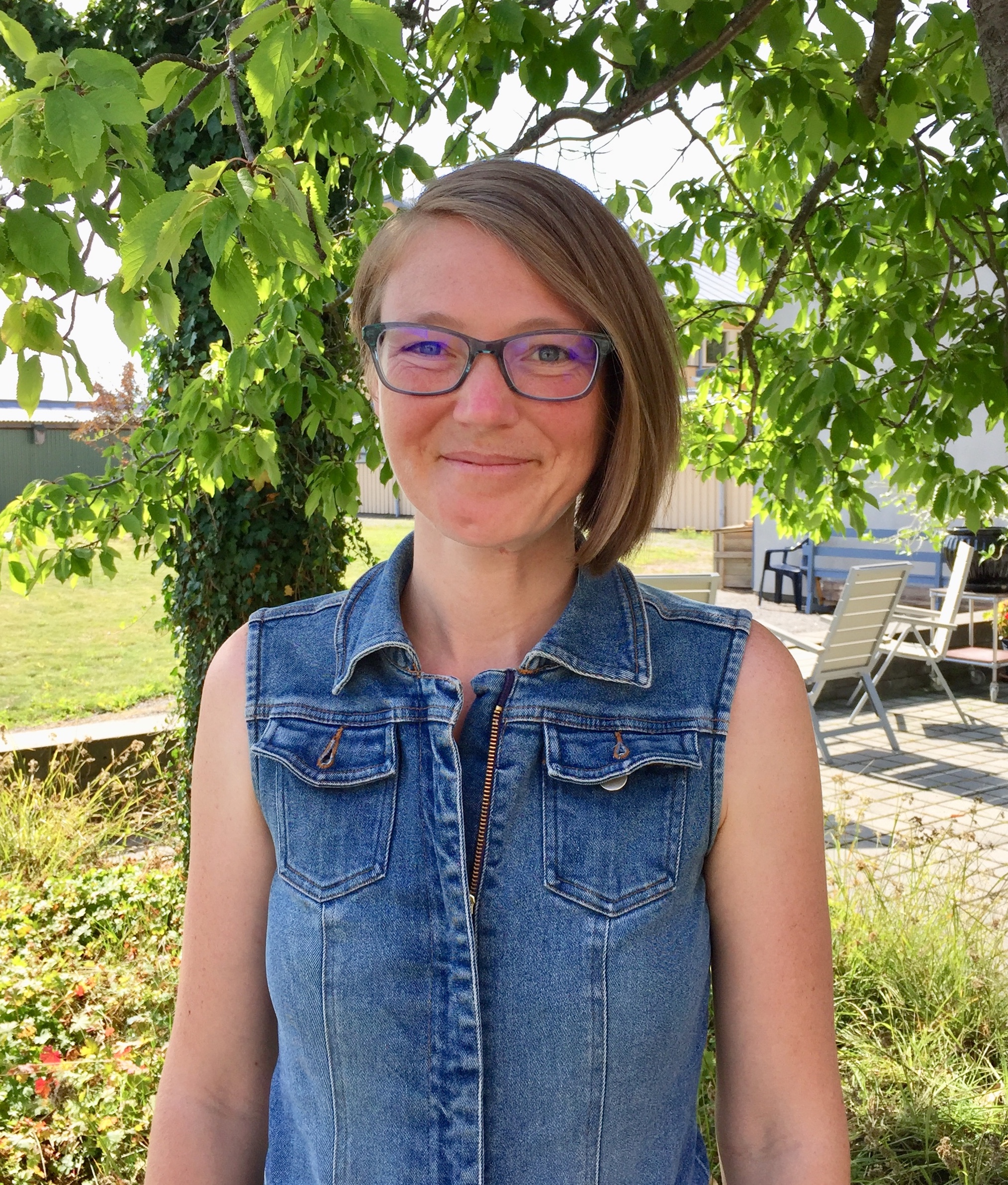Farmers have been struggling for decades to understand how landscapes affect pest control. The results are always so context dependent. We thought remotely sensed measures of vegetation productivity and phenology may offer a path forward. This was a project combining historic pest monitoring data with MODIS satellite data quantifying vegetation characteristics. We use remote sensing to show Lygus hesperus (a pests in CA cotton) are a lot worse when nearby natural habitat is productive but dries down early, exporting pests to crop fields!
This was a collaborative project that was developed from chatting over coffee in the lunch room. There was a knowledge gap around the parasitic nematodes of slugs in Sweden and it fit quite nicely as an add-on study to a large field-project I was already developing. I applied for and received funding for the molecular analysis. Nikos was my field assistant at the time and he has a molecular background. Maria has worked extensively with soil and plant nematodes and was eager to expand her area of research. Across ~300 field-collected slugs, parasitism was common in autumn than spring or summer. The two most common parasite species had not been identified previously in Sweden.
This publication reflects a decades-long effort of the Swedish Research Board to collect field data. We used these data to test a provocative hypothesis that the cabbage stem flea beetle populations in winter oilseed rape experience 8-year population cycles. We were able to test and prove this hypothesis in addition to showing that the cycles are driven by cold-weather systems from the North Atlantic Oscillation.
This publication reflects a reorientation of my PhD research to include a field component. I developed in-country contacts, wrote a Fulbright research grant as well as multiple other grants to support two years of field work in South America looking at the effects of land-use intensification at multiple scales on herbivore and predator insects in agriculture. It involved 60 field sites that were monitored over the four month sorghum growing period over two years. We found that landscape intensification benefits herbivorous pests, but local management decisions can mitigate those negative effects.
This project reflects my ability to develop collaborative research projects to conduct multifunctional research. It took place on the University farm over the course of one year and involved the collaborative efforts of a weed specialist, an agronomist, a pathologist and some entomologists (including me) to assess the effects of intercropping from multiple angles.
I was interested in testing the ecological theory that indirect interactions between prey species that share a common predator are not fixed within a given systems, but rather can shift under various conditions. Using a cage study I showed this to be the case using two aphid species and a ladybird beetle predator. Predator preference and asymmetric non-consumptive effects between the prey species led towards negative indirect effects while predator satiation and switching led towards mutualistic indirect effects.
Field-collected monitoring trap-catch data of walnut husk fly from 153 orchards over an 18 year period was used to develop a phenology model for walnut husk fly in California walnut orchards. I also showed that the number of accumulated degree days needed to predict when the 5% trap catch was happening in walnut orchards decreased by about one week over the sample period. Previously, researchers assumed phenology is fixed for a given insect in a given place, but this research indicates a need to incorporate climate change predictions to insect models.
Based on some of the historic data referenced above, I wanted to dig in to the types of factors that can affect the timing of walnut husk fly emergence. I collect walnut husk fly from different walnut cultivars and latitudes and exposed them to various lengths of pre-chill duration, chill time and different temperatures. Temperature and chill time has a strong non-linear effect on the length of time (measured in accumulated degree days) needed for emergence. Latitude and pre-chill duration have linear effects.
N. Mills, S. Emery and R. Buchner 2015. Phenology model for walnut husk fly. Walnut Research Reports. California Walnut Board.
This is a non-peer-reviewed report for the Walnut commodity board summarizing some of the findings from the above two walnut husk fly papers for a farmer audience.
